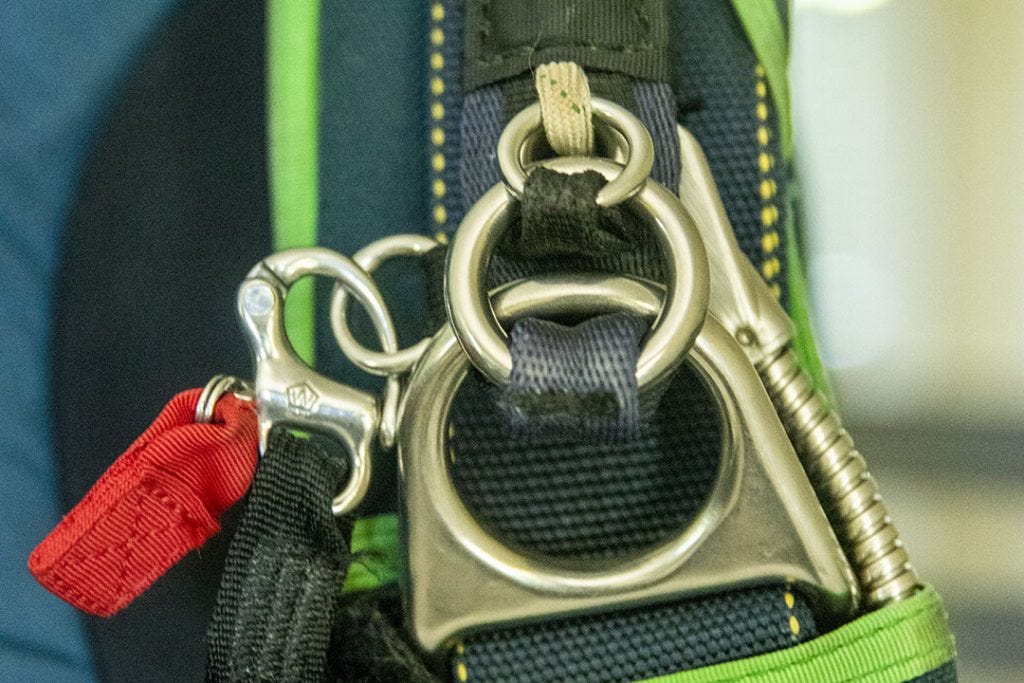The buddy system has long been established in aerial and underwater sports, with each participant being fully responsible for both their own safety as well as the safety of their partners.
In an ideal world, such a system would not be necessary, as people would only take part in dangerous activities, where errors could be terminal, by holding a professional level of experience and competency, and qualifications. Such a person would be able to perform the activity flawlessly and without error one hundred percent of the time. They would be infallible.
But humans are fallible, and even in terms of skill and experience, often it’s both the novice and the pro who befall the stupid mistake, one for lack of knowledge, of knowing better, the other, from too much.
A lifetime of doing risky play can sometimes dull that early fear and paranoia, the stress of not wanting to make a stupid mistake in front of your peers, the worries that keep you safe, like a man on his first day working at the zoo, feeding the lion. I have a friend who – before doing something dangerous – imagines what people will say if he was to die doing it due to some stupid mistake. Such fear is what makes him tie that knot on the end of his abseil ropes, that makes him use a Prusik, that checks the avalanche risk before he sets off into the hills.
Fear is not necessarily something to get rid of in order to be better, as often it’s the last thing that keeps you alive. Yes, it might be a hindrance at times, but that depends on what your final destination ultimately is. People don’t run in crampons on exposed slopes because they fear they might trip. Eradicate that fear, like the fear of exposure, of falling, of dying, and sooner or later, you will.
Eventually, you begin to cut some corners, thinking you know where the line is, you feel comfortable with the risk, maybe even the death, the high risk somehow normalised, just part of the job description.
Then one day, you get your arm bitten off.
The buddy system, although missing from climbing and mountaineering, works so well because it’s a way to establish a statusless equilibrium of oversight, the novice checking the pro, the pro the novice, the foundation of the act being without judgement or ego. Two sets of eyes are better than one, especially when one set is half-open or looking the other way.
A dangerous activity that lacks a buddy system is an activity in which ego or apparent rank or status trumps safety, where stupid mistakes are not corrected before they become terminal, and where the inexperienced must learn fast how to feed the lions.
Maybe it’s time that we start slowly integrating a buddy system into climbing in a more meaningful way?



“A man who is not afraid of the sea will soon be drowned; but we do be afraid of the sea and we do only be drowned now and again” J.M.Synge
25 years, I failed to tie my knot and my partner did not catch the error because we did not practice the buddy system. I took a 14m fall onto the wooden floor of the gym (or should I say, through the floor ?). To this day I still love with the consequences of a few seconds of complacency.
Stay safe and keep you buddy safe.